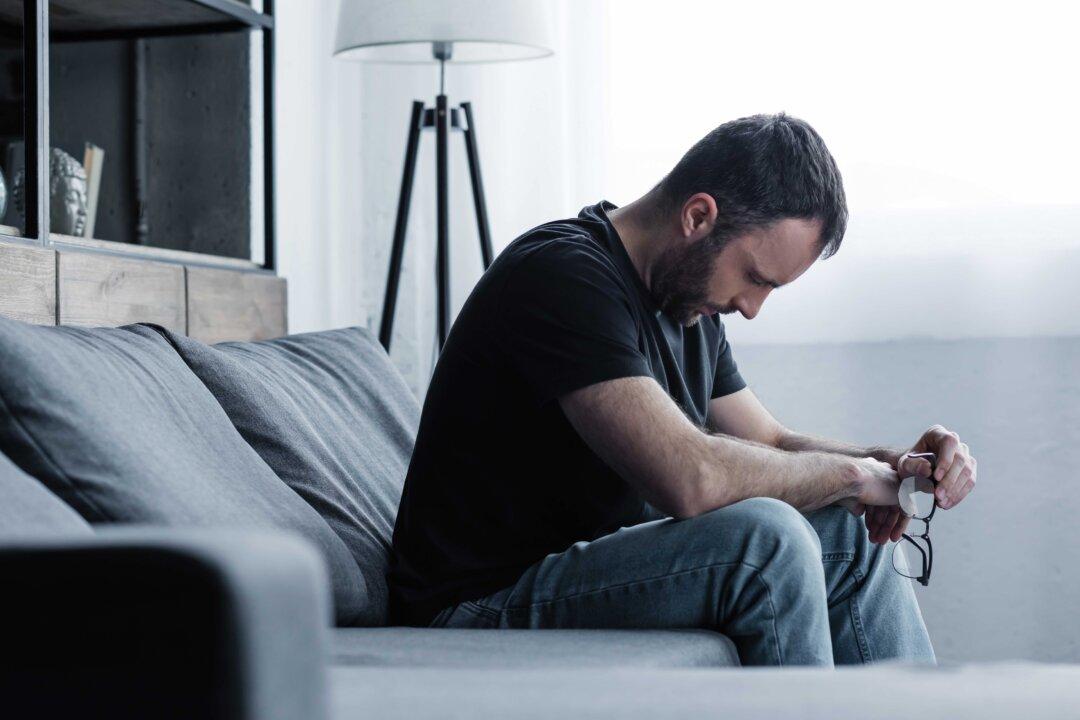Adults aged 19 to 64 should undergo screening for anxiety disorders, according to a new recommendation by a group of independent medical experts. Their proposal, based on new evidence published in the Journal of the American Medical Association (JAMA), is the first time the U.S. Preventive Services Task Force (USPSTF) has suggested such screenings in adults, including pregnant and postpartum women.
This new development indicates a notable shift in the understanding and recognition of anxiety disorders as a public health concern. The recommendation may influence insurance plans and guide doctors’ decisions. Insurance coverage plays a significant role in determining access to health care services, including screenings and subsequent treatment. The inclusion of anxiety disorder screenings in health coverage may facilitate timely diagnosis and intervention for people who may be experiencing anxiety.





